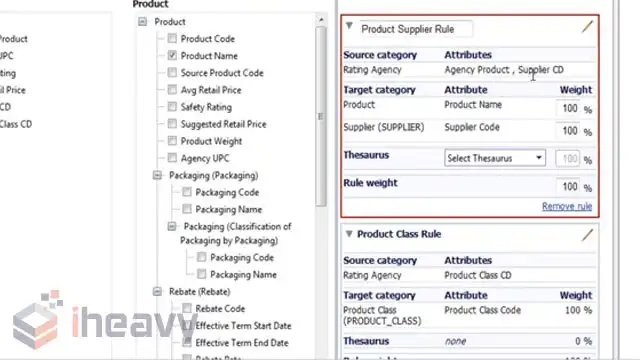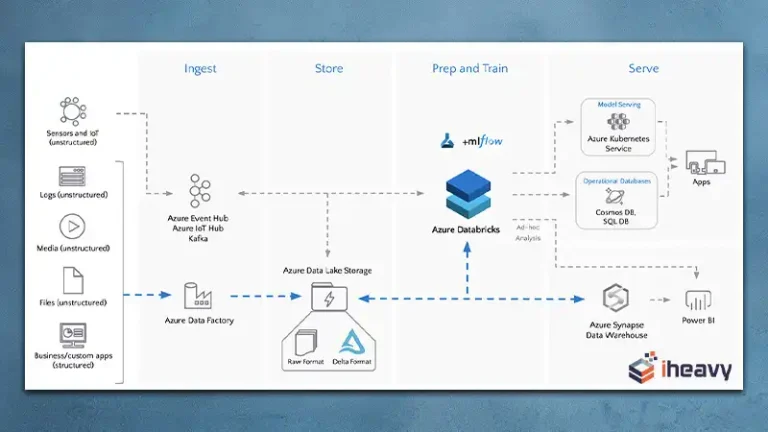attrs vs dataclasses: A Comparative Analysis
In Python, data classes are a convenient way to define classes that primarily store data. Two popular approaches for creating data classes are using the built-in dataclasses module and the third-party attrs library. This article compares attrs and dataclasses, exploring their features, differences, and use cases to help you choose the right tool for your project.
Introduction to Data Classes
Data classes are designed to simplify the creation of classes that are mainly used to store values. They reduce boilerplate code by automatically generating special methods like __init__, __repr__, and __eq__.
Python’s dataclasses Module
Introduced in Python 3.7, the dataclasses module provides a decorator and functions for creating data classes. Here’s a basic example:
from dataclasses import dataclass
@dataclass
class Person:
name: str
age: int
The attrs Library
The attrs library is a popular third-party package that offers a similar, but more flexible, approach to creating data classes. Here’s an equivalent example using attrs:
import attr
@attr.s
class Person:
name: str = attr.ib()
age: int = attr.ib()
Features and Functionality
Both attrs and dataclasses provide essential features for data class creation, but they differ in some aspects.
Boilerplate Reduction
Both libraries reduce boilerplate code by automatically generating special methods. However, attrs offers more control over these methods with additional parameters and options.
Field Types and Default Values
dataclasses
Supports default values and default factories:
from dataclasses import dataclass, field
@dataclass
class Person:
name: str
age: int = 25
skills: list = field(default_factory=list)
attrs
Also supports default values and default factories:
import attr
@attr.s
class Person:
name: str = attr.ib()
age: int = attr.ib(default=25)
skills: list = attr.ib(factory=list)
Validation
dataclasses
Basic validation can be done using __post_init__:
from dataclasses import dataclass
@dataclass
class Person:
name: str
age: int
def __post_init__(self):
if self.age < 0:
raise ValueError(“Age cannot be negative”)
attrs
Built-in validators:
import attr
@attr.s
class Person:
name: str = attr.ib()
age: int = attr.ib(validator=attr.validators.instance_of(int))
@age.validator
def check_age(self, attribute, value):
if value < 0:
raise ValueError(“Age cannot be negative”)
Performance
dataclasses are part of the Python standard library and are optimized for performance. attrs is highly optimized too, but being a third-party library, it might have a slight overhead due to the additional functionality it offers.
Metaprogramming
dataclasses
Limited metaprogramming capabilities.
attrs
Extensive support for metaprogramming, allowing customization of class behavior and attributes.
Use Cases
When to Use dataclasses
- If you need a simple, lightweight solution for data classes.
- If your project aims to avoid external dependencies.
- If you require basic features available in the standard library.
When to Use attrs
- If you need advanced features like validators, converters, or metadata.
- If you want extensive control over attribute behavior and class construction.
- If your project can afford an external dependency for the added functionality.
Example Code
Here’s a practical example comparing dataclasses and attrs in a more complex scenario:
Using dataclasses
from dataclasses import dataclass, field
@dataclass
class Book:
title: str
author: str
pages: int
genres: list = field(default_factory=list)
def __post_init__(self):
if self.pages <= 0:
raise ValueError(“Page count must be positive”)
# Example usage
book = Book(title=”1984″, author=”George Orwell”, pages=328, genres=[“Dystopian”, “Science Fiction”])
print(book)
Using attrs
import attr
@attr.s
class Book:
title: str = attr.ib()
author: str = attr.ib()
pages: int = attr.ib(validator=attr.validators.gt(0))
genres: list = attr.ib(factory=list)
# Example usage
book = Book(title=”1984″, author=”George Orwell”, pages=328, genres=[“Dystopian”, “Science Fiction”])
print(book)
Frequently Asked Questions (FAQ)
Which library should I use for a new project?
It depends on your project requirements. Use dataclasses for a simple and lightweight solution. Use attrs for more advanced features and flexibility.
Can I use both dataclasses and attrs in the same project?
Yes, you can use both libraries in the same project if needed. However, it’s best to choose one for consistency.
How do dataclasses and attrs handle default values differently?
Both libraries support default values and default factories, but attrs provides more control and flexibility in defining defaults and validating them.
Conclusion
Choosing between dataclasses and attrs depends on your specific needs. While dataclasses is a great choice for simple and lightweight data classes, attrs offers more advanced features and flexibility. Understanding the differences and capabilities of each can help you make an informed decision and implement the best solution for your project.






